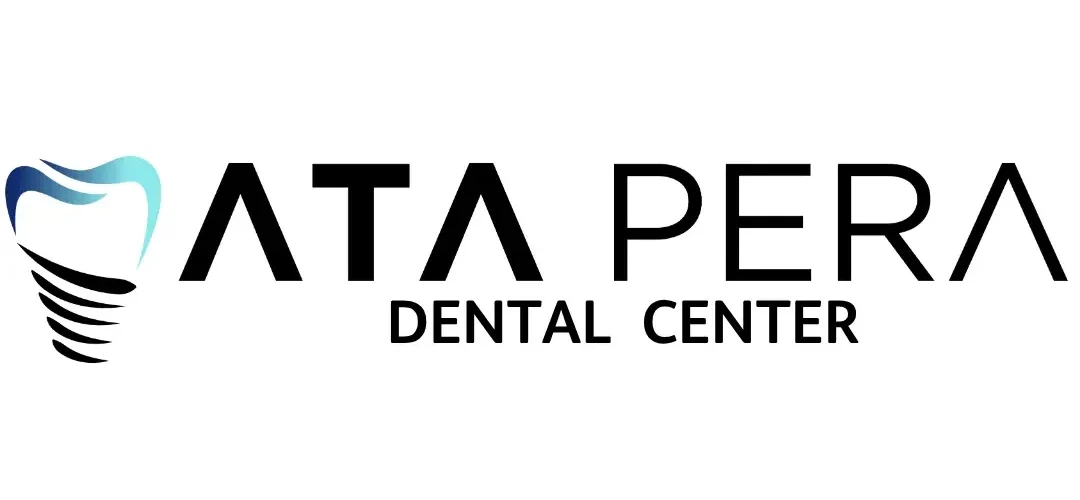Sedation and General Anesthesia
Sedation and general anesthesia are used in surgical dental procedures to ensure that patients feel no pain and remain psychologically at ease throughout the treatment. These methods, which have been widely used in the medical field for many years, significantly improve the comfort and quality of the treatment process. In the past, before such techniques were available, patients often experienced severe discomfort during surgical procedures, particularly in dentistry. Today, thanks to modern anesthesia and sedation methods, dental treatments can be performed in a much more relaxed and pain-free manner, ensuring a more positive experience for patients.
Why is Sedation and General Anesthesia Applied?
General anesthesia and sedation are used to ensure a comfortable and stress-free treatment experience. While general anesthesia is rarely needed in dental procedures, local anesthesia is most commonly used to numb the treatment area. Sedation is often preferred for patients who feel anxious or fearful during dental treatments. It helps them stay calm and relaxed. However, sedation is optional, patients can choose to undergo treatment without it if they feel comfortable enough.
The use of anesthesia, whether local, sedation or general, is determined based on both the patient’s needs and preferences.In procedures that require general anesthesia (such as extensive surgeries or treatments for patients with severe anxiety or special needs), it is absolutely essential to apply it. Without proper anesthesia, the patient may experience severe pain and could face serious complications during or after the procedure. Therefore, choosing the right type of anesthesia is crucial to ensure patient safety, comfort and treatment success.
Since 1999, ATA PERA Dental Center has been a trusted name in the field of dental implants.
What is Sedation?
Sedation is a method used to reduce a patient’s anxiety, stress and excitement during dental procedures. Unlike anesthesia, which is used to numb pain, sedation helps patients stay calm and relaxed. Many people mistakenly think sedation is the same as general anesthesia, but it does not completely put the patient to sleep. Sedation can be administered in various ways, most commonly through oral medication, intravenous (IV) injection or inhalation. The method chosen depends on the patient’s medical condition, level of anxiety and personal preference. Sedation allows for a more comfortable and stress-free treatment experience, especially for patients with dental fear or those undergoing long procedures.
Who Is Sedation Suitable For?
Treatment with sedation or under sleep conditions is used for individuals who have a fear of the dentist. It is also applied in cases such as needle phobia, long treatment sessions or a strong gag reflex. Sedation is administered throughout the procedure to ensure that patients remain comfortable and experience no distress due to the dental treatments being performed. This medication-based method can be safely used for everyone, including children, adults and individuals with disabilities.
Is Consciousness Open in Sedation?
In conscious sedation, patients remain awake and are able to hear and respond to what is being said. While they are aware of the procedure, their sensation of pain is significantly reduced and feelings such as anxiety and stress are minimized. This allows them to undergo treatment without discomfort. There is also a deeper form of sedation, where the patient is put to sleep. This type of sedation is used in cases of extreme fear, anxiety or excitement. It ensures that the patient remains fully relaxed and unaware of the procedure.
Removal of Sedation from the Body
To help sedation leave the body, patients often need to urinate frequently because sedation and general anesthesia drugs are primarily eliminated through urine. After the procedure, it is important to drink plenty of fluids and eat light, healthy meals. This supports the body in removing the sedation more easily.
What is General Anesthesia?
General anesthesia is a medically induced deep sleep used during many surgical procedures. During the process, the patient is anesthetized through intravenous medication or inhaled gases, which prepares them for surgery. The main purpose of general anesthesia is to ensure that the patient feels no pain during the procedure. Since the patient enters a state of complete unconsciousness, they are unaware of what is happening. This allows the operation to proceed smoothly and ensures a high level of comfort for the patient.
How is Dental Treatment
Performed with General Anesthesia?
General anesthesia is a method used in certain cases during dental treatment. While local anesthesia is commonly applied for routine dental procedures, general anesthesia is preferred for more complex or serious operations. In dental treatments, the medication is administered to the patient through an intravenous (IV) line. Once the medication is stopped, the patient typically wakes up shortly afterward. On average, the patient can return home within about thirty minutes, depending on their condition and the nature of the procedure.
Who Is General Anesthesia Applied To?
In dental treatments, general anesthesia may be applied to the following individuals:
- Uncooperative children
- Patients with a strong fear or phobia of the dentist
- Those undergoing extensive surgical procedures
- Individuals who are allergic to local anesthesia
- Cases where local anesthesia is insufficient
- Patients requiring long and complex dental treatments
- People who experience severe pain or intense fear during procedures
General anesthesia and sedation are safe and effective options that can be used for various medical interventions, especially in dental treatments, to ensure patient comfort and successful outcomes.

